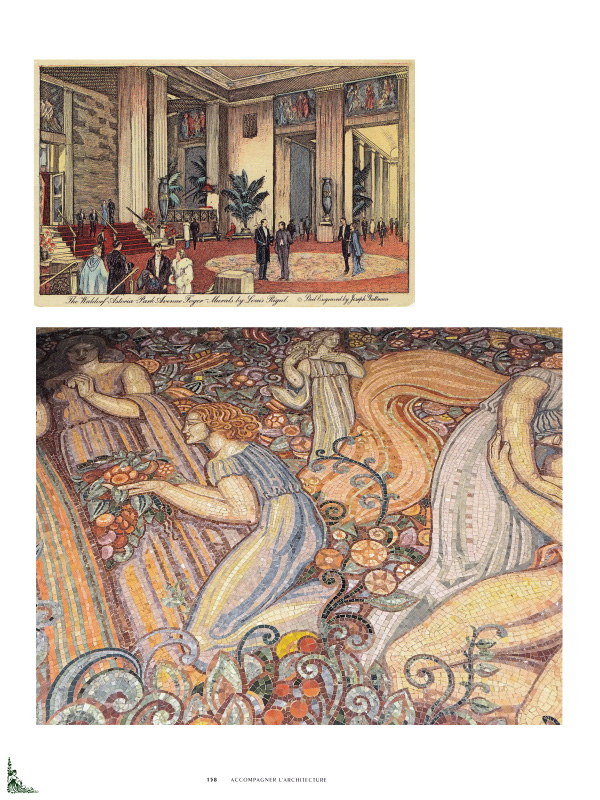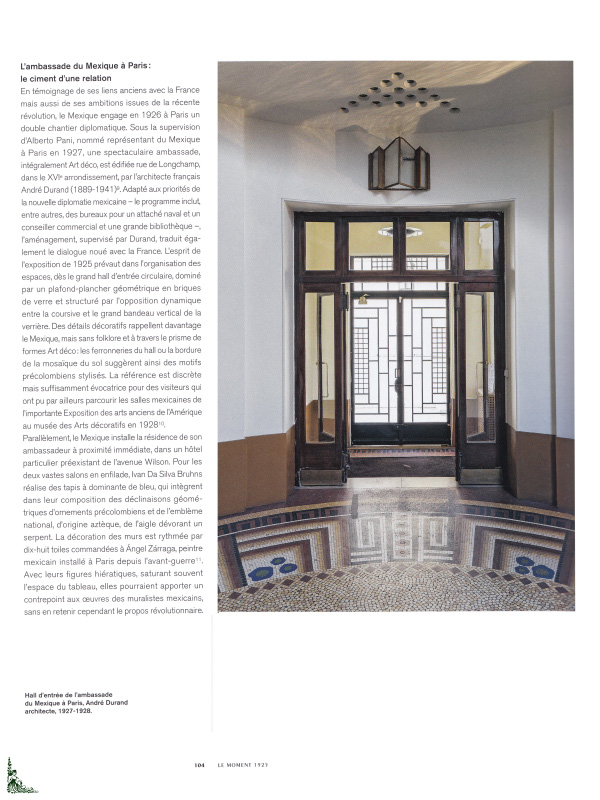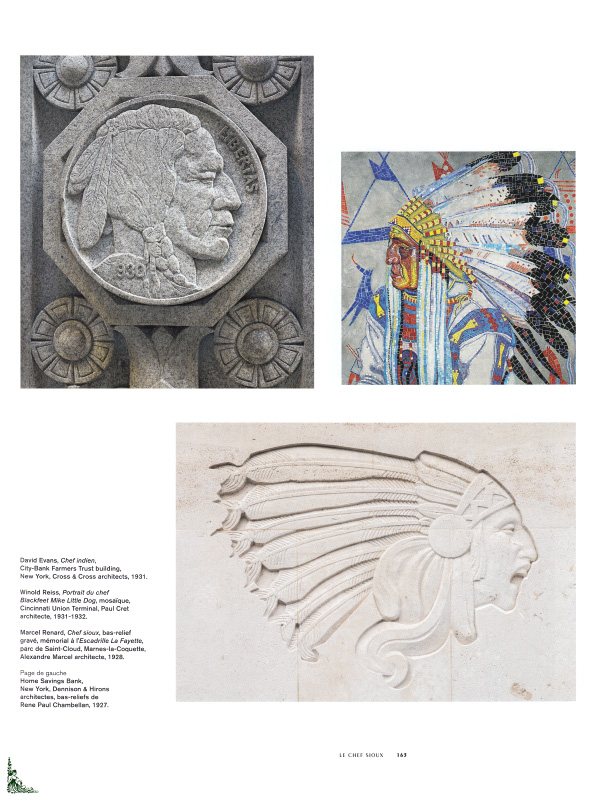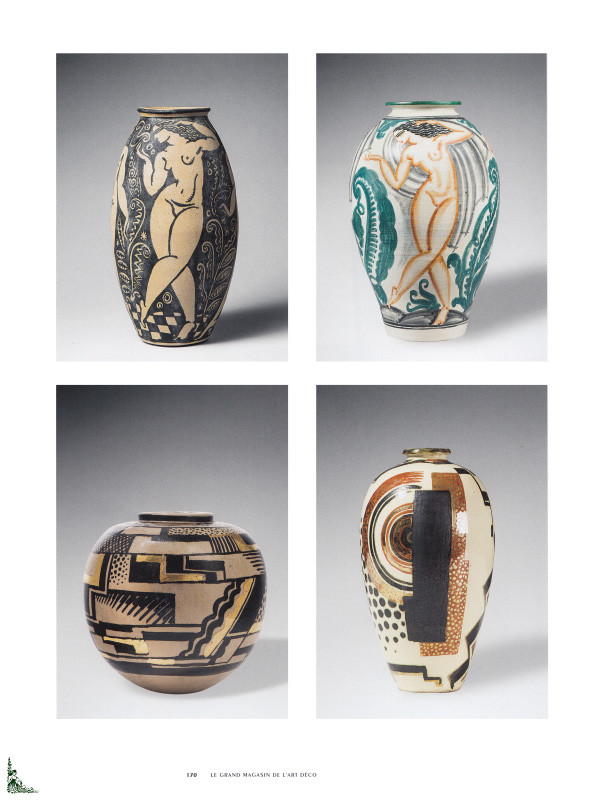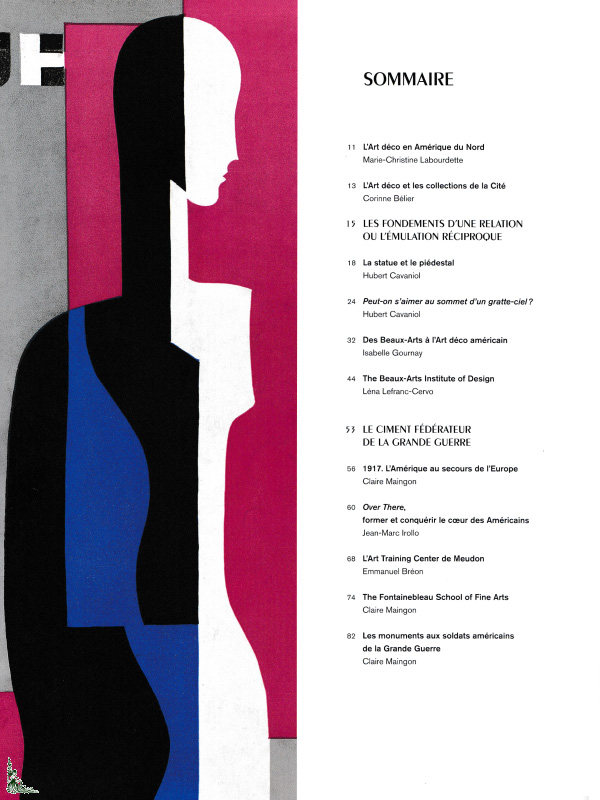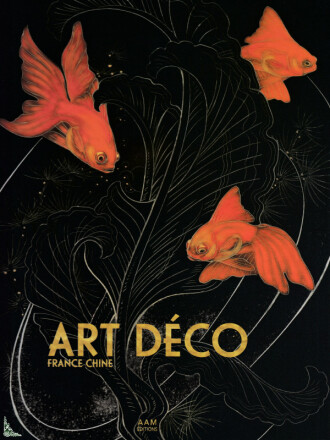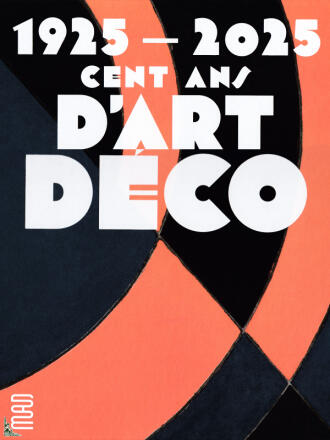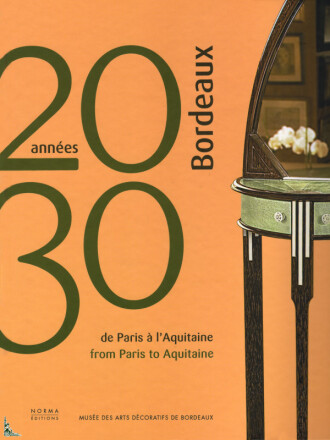Art-Deco - France - North America
この本の詳細
| 著者 : | Emmanuel Bréon |
| 出版業者 : | Norma (2021) |
| 不良部分 : | Hardcover (304 full color pages) 10 inches x 11-½ inches |
| 言語 : | French |
| ISBN : | 978-2-37666-038-5 |
| EAN : | 9782376660385 |
記述
Art-Deco - France - North America, Ed. Norma, 10 inches x 11-½ inches ( 25 cm x 29 cm ), hardcover book with 304 color pages
This hardcover book with 304 pages and more than 350 illustrations presents the Art-Deco.
With the International Exhibition of Modern Decorative and Industrial Arts in 1925, Art Deco seduced the world. From New York to Paris, the press is celebrating this event which permanently imposes this universal style. Crossing the Atlantic aboard sumptuous liners such as Île-de-France and Normandie, great French decorators such as Jacques-Émile Ruhlmann, Jules Leleu, André Mare, Jean Dunand and Pierre Chareau exhibit in department stores from New York to Philadelphia.
From Mexico to Canada, this enthusiasm was carried by North American architects trained at the National School of Fine Arts in Paris at the beginning of the 20th century, then at the Art Training Center in Meudon and at the Fontainebleau School of Fine Arts, two schools founded after the First World War which strengthened the links between the two continents. The America of Raymond Hood and Wallace K. Harrisson, authors of Rockefeller Center, adopts French architects and artists Léon Arnal, Edgar Brandt, Jacques Carlu, Paul Cret, Alfred Janiot...
The unpublished research of this work reveals a reciprocal emulation which is illustrated as well in the architecture and the ornamentation of skyscrapers as in the cinema, fashion, the press, sport and the art of living. The new style is worn by figures such as Paul Iribe and Cecil B. DeMille, Jean Patou and Paul Poiret, Lindbergh, Costes and Bellonte, Joséphine Backer or Johnny Weissmuller.
Thirty-seven texts and 350 illustrations make it possible to discover the unique links that unite France and America, from Bartholdi's Statue of Liberty to the Streamline which succeeds Art Deco. This new design with fluid and curved lines appeared in the 1930s and was to be the star of the New-York Fair of 1939, whose theme was "The world of Tomorrow".
Contents:
- Art Deco in North America
- Art-deco and the City's collections
- The foundations of a relationship where emulation is reciprocal
- The unifying glue of the Great War
- The moment 1925
- Supporting the architecture
- The Art Deco department store
- Transatlantic challenges
- The boomerang effect or the passing of the baton
- ANNEXES
- Biographies
- Bibliography
- Index
The texts are written in French under the direction of Emmanuel Bréon.
 Description française
Description française
L'Art-Déco - France - Amérique du Nord
Détails du livre
| Auteur : | Emmanuel Bréon |
| Éditeur : | Norma (2021) |
| Reliure : | Relié (304 pages couleurs) 25 cm x 29 cm ( 10 inches x 11-½ inches ) |
| Langue(s) : | Français |
| ISBN : | 978-2-37666-038-5 |
| EAN : | 9782376660385 |
Description
L'Art-Déco - France - Amérique du Nord, Ed. Norma, 25 cm x 29 cm, relié avec 304 pages couleurs
Avec 304 pages et plus de 350 illustrations, ce superbe ouvrage de synthèse relié retrace l'Art Déco.
Avec l'Exposition internationale des Arts Décoratifs et Industriels modernes de 1925, l'Art Déco séduit le monde. De New-York à Paris, la presse célèbre cet événement qui impose durablement ce style universel. Traversant l'Atlantique à bord de fastueux paquebots tels Île-de-France et Normandie, des grands décorateurs français comme Jacques-Émile Ruhlmann, Jules Leleu, André Mare, Jean Dunand et Pierre Chareau exposent dans les grands magasins de New-York à Philadelphie.
Du Mexique au Canada, cet engouement est porté par des architectes nordaméricains formés à l'École nationale des beaux-arts de Paris dès le début du XXe siècle, puis à l'Art Training Center de Meudon et à la Fontainebleau School of Fine Arts, deux écoles fondées au lendemain d'une Première Guerre mondiale qui a renforcé les liens entre les deux continents. L'Amérique de Raymond Hood et de Wallace K. Harrisson, auteurs du Rockefeller Center, adopte les architectes et artistes français Léon Arnal, Edgar Brandt, Jacques Carlu, Paul Cret, Alfred Janiot...
Les recherches inédites de cet ouvrage dévoilent une émulation réciproque qui s'illustre aussi bien dans l'architecture et l'ornementation des gratte-ciel que dans le cinéma, la mode, la presse, le sport et l'art de vivre. Le nouveau style est porté par des figures telles que Paul Iribe et Cecil B. DeMille, Jean Patou et Paul Poiret, Lindbergh, Costes et Bellonte, Joséphine Backer ou Johnny Weissmuller.
Trente-sept textes et 350 illustrations permettent de découvrir les liens uniques qui unissent la France et l'Amérique, depuis la statue de la Liberté de Bartholdi jusqu'au Streamline qui succède à l'Art Déco. Ce nouveau design aux lignes fluides et galbées surgit dans les années 1930 et sera la vedette de la New-York Fair de 1939, qui a pour thème "The world of Tomorrow".
Principaux chapitres de l'ouvrage :
- L'Art-déco en Amérique du Nord
- L'Art-déco et les collections de la Cité
- Les fondements d'une relation où l'émulation est réciproque
- Le ciment fédérateur de la Grande Guerre
- Le moment 1925
- Accompagner l'architecture
- Le grand magasin de l'Art Déco
- Les challenges transatlantiques
- L'effet boomerang ou le passage de témoin
- ANNEXES
- Biographies
- Bibliographie
- Index
Les textes sont écrits en Français sous la direction de Emmanuel Bréon.



